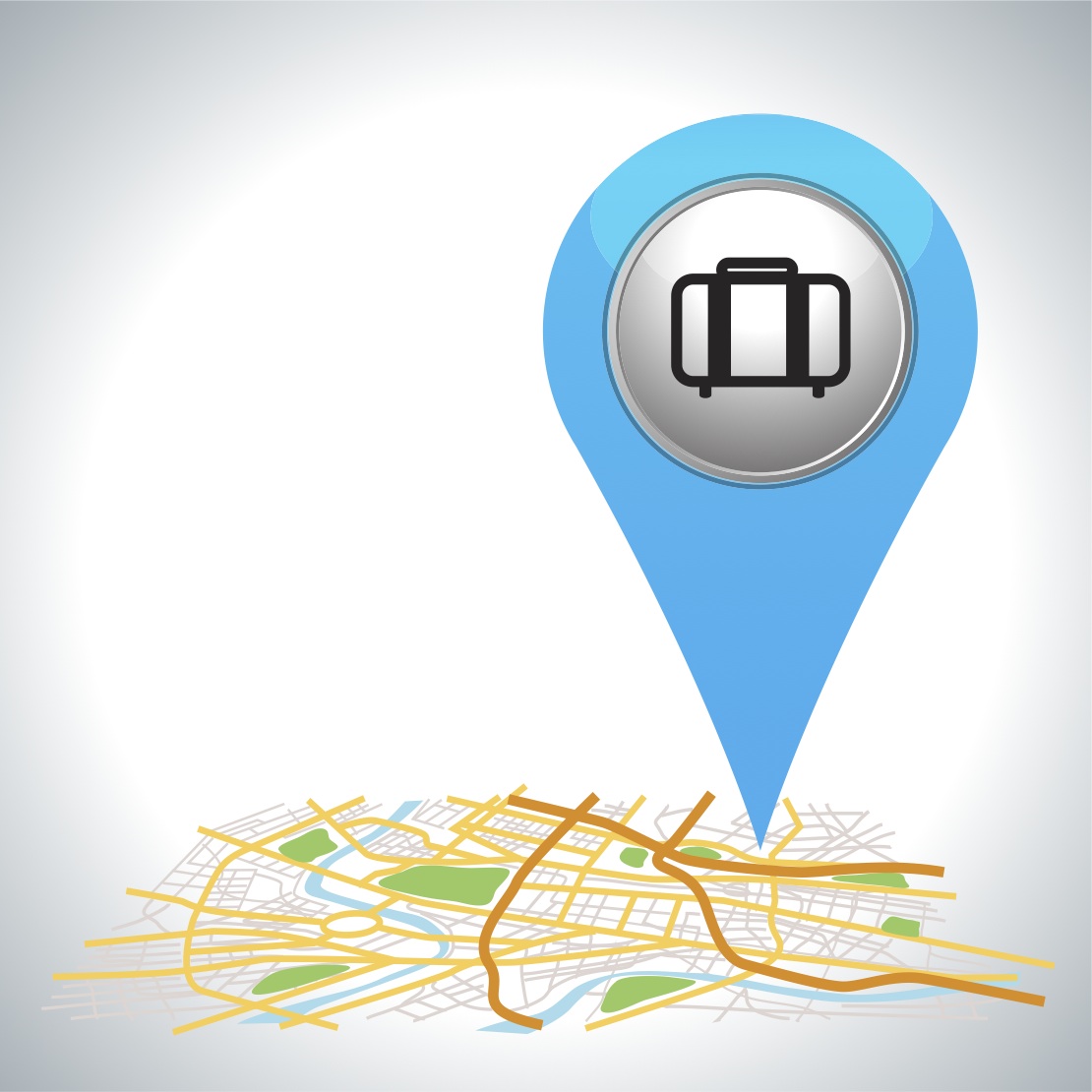
Backing up business data is a bit like exercising. While the need for doing it is obvious, we don’t always give it the attention or follow-through it deserves. As a technology consultant, I see varying degrees of effectiveness with regard to backup solutions being implemented by businesses. Because each business is as unique as the individuals who own and run it, it is imperative that each business utilizes a backup system that makes sense for them. To understand what is best for your business, it is important to have at least a general overview of the types of backup available.
Tapes
In 2006 ZDNet ran an article with the headline, “Are Tape Backup Systems Obsolete?” Seven years later I am still shocked when I perform a business continuity audit and find that tapes are being used as the only form of backup for a particular business. Tapes are old, slow, expensive, and they break down. There are types of tapes and tape drives that work great and will last a long time. If your business happens to have a more sophisticated setup, it is probably fine—for now. However, I would be remiss to encourage anyone to invest in tape technology today, and under no circumstances should it be the only backup media being used. I would also strongly encourage moving away from tape backups to a more reliable and more cost effective form of backup as soon as your budget permits.
External Drives
External hard drives, either in the form of Universal Storage Bus (USB) or Network Attached Storage (NAS), are by far the least expensive, most versatile, most reliable and simplest of the backup devices to use. There are several models of USB drives that ship with some form of backup software included, making it very easy to setup and use. NAS devices allow you to have a shared backup destination on your network for multiple computers or servers and often include a form of redundancy resulting in your backups being safer. Just to be clear, backup is different from redundancy. These terms are often confused. Redundancy is what you put in place to prevent a disaster from occurring, while backup is what you rely on to recover from a disaster. An example of redundancy would be mirrored hard drives. One hard drive would hold a copy of all of the same data as the other—so in the event that one hard drive should fail, the other is ready to go, eliminating downtime. NAS devices are best utilized by businesses that have multiple computers or servers with mission critical data. USB drives are best suited for business with one or a couple of computers requiring backup.
Other Media Types
While CDs and DVDs are very inexpensive, and most new computers include a DVD/CD burner, their size limit and reliance on the “human element” to burn them, label them, eject them and properly store them force me to put them on the bottom of the list of potential backup destinations for most businesses. Flash drives are better in that you can get them in much larger sizes and they are extremely portable. Because most computers support them as soon as you connect them, your backup can be as easy as dragging and dropping a copy of your files to your flash drive. Since they behave like a regular drive, most backup programs will recognize them as a valid backup destination, too. Flash drives, like DVDs, are a good fit if you have very little data to backup.
Cloud/Off-site/Remote Backup
Those in the technology community can appreciate the difference between cloud storage, off-site data protection and remote backup, but for our purposes I am going to lump them together. The point of all of these is to have a copy of your data away from your place of business—should something happen to your business. Think in terms of disaster such as flood, fire, theft, etc. What good is it if your company’s financial data is backed up to an external drive that is under six feet of water? Technically, taking any of the above mentioned to a different location is making your backup “off-site,” and for a small business that has limitations (budget, internet speeds, man-power, etc.) that may be sufficient. But with the numerous choices, and ease of use of backup solutions that store your data in the cloud, it likely makes more sense to utilize an automatic system (eliminating the chance that you forget to take your external drive home the weekend the tornado rips your office apart). The cost to utilize this form of backup is low as well. I recently came across an ad for a major off-site backup provider offering unlimited backup to their cloud for as low as $3.96 per month. If your business has multiple locations, you can utilize backup software that will backup from one location to the other, eliminating the need to pay for storage in someone else’s cloud.
Great – now what?
Now that you know the different options out there, you need to decide on where you will put your data, and then design a system to get it there. Do you need to backup all files every day? Or would weekly differential backups work? Should you create an image that can be virtualized in the event your server fails? And what software do you use to do all this? You will need to think in terms of risk when designing this system. There are many options and so I would encourage you to work with your technology partner or IT department to ensure which plan makes the most sense, works with your system and provides you with the backup you need to keep your business running in the event of disaster.
Michael Remer is the president of ComputerCare, LLC, a business he runs with his wife, Heather. ComputerCare is a local company offering businesses-mission focused technology solutions. Michael is a long-term resident of Gainesville and has almost 20 years of experience in information technology.




